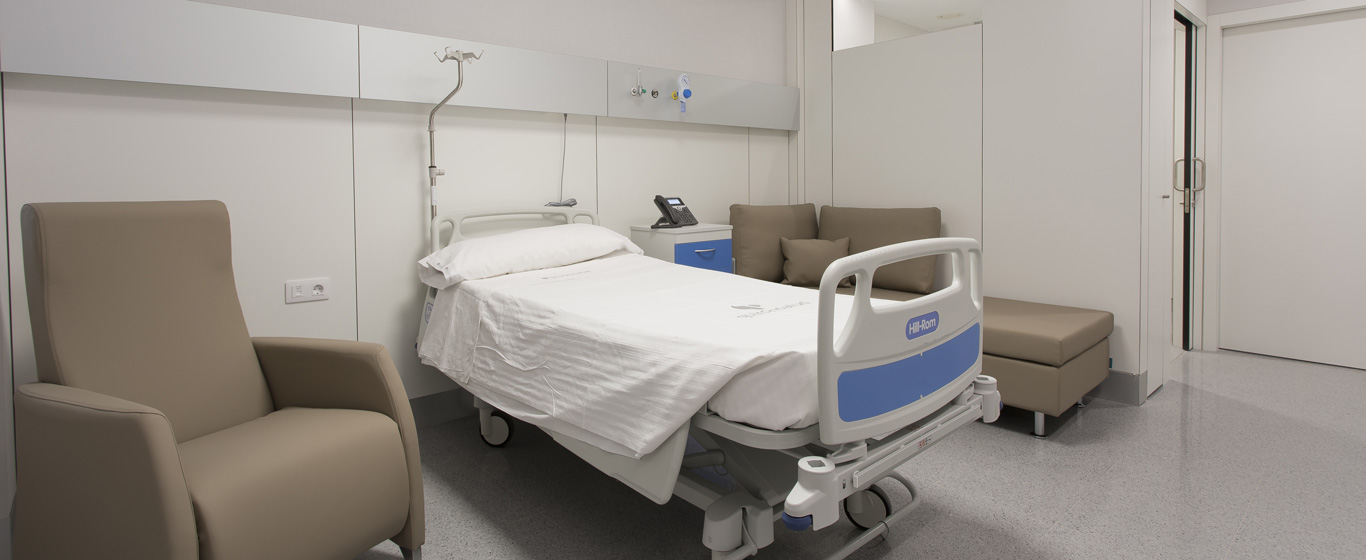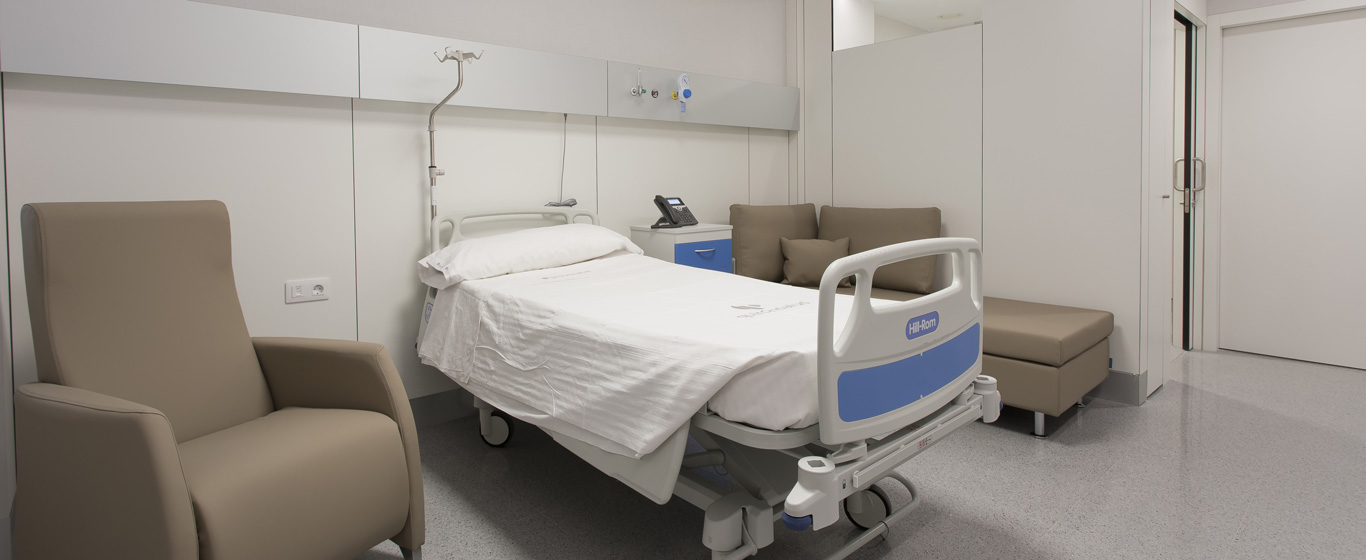Vaginal Candidiasis
What are the symptoms of vaginal candidiasis? Information about the causes and the most commonly used treatments for controlling it.
Symptoms and Causes
Vaginal candidiasis is an infection caused by the fungus Candida albicans. This type of fungus is usually present in small amounts on the skin, mouth, digestive tract, and vagina without causing complications. When the number of Candida increases, an imbalance is triggered between the microorganisms that inhabit the vagina, and as a result, the disease develops.
This condition is very common among women of childbearing age. It is estimated that three out of four women will contract vaginal candidiasis at some point in their lives, even more than once. When it occurs more than four times a year, it is called recurrent candidiasis and requires longer treatment and subsequent follow-up.
Although it is not a sexually transmitted disease, vaginal candidiasis can be transmitted through oral or vaginal sex. Therefore, it is recommended to take precautions while the infection lasts.
Symptoms
The symptoms of vaginal candidiasis are bothersome, though they are generally not very severe. The most common symptoms include:
- Vaginal pain, irritation, and itching.
- Redness, irritation, swelling, and itching of the vulva.
- A burning sensation when urinating.
- Thick, white vaginal discharge.
- Discomfort or burning during sexual intercourse.
Causes
The main cause of candidiasis is the increased presence of Candida albicans in the vagina, which can be triggered by:
- Changes in vaginal flora due to antibiotic use.
- Hormonal changes caused by contraceptives that increase estrogen levels, pregnancy, or menopause.
- A weakened immune response due to diseases such as AIDS or cancer.
- Increased sugar levels due to uncontrolled diabetes.
Risk Factors
Women who are in any of the situations described above are more likely to contract vaginal candidiasis. In other words, the risk increases with:
- The use of antibiotics or hormonal contraceptives.
- Pregnancy.
- Menopause.
- Diabetes with difficulty controlling blood glucose levels.
- A weakened immune system due to HIV or treatment with corticosteroids, chemotherapy, or radiation therapy.
Complications
Vaginal candidiasis can become complicated when it is caused by a fungus other than Candida albicans, when it is associated with other infections, when cracks or sores develop on the vulva or vagina, or when it becomes recurrent.
Prevention
To prevent vaginal infection, it is recommended to follow these guidelines:
- Avoid wearing very tight underwear.
- Use cotton panties.
- Keep the vaginal area dry at all times, especially after exercise or swimming.
- Change tampons or sanitary pads frequently.
- Reduce the intake of sugary foods.
- Maintain good glycemic control if you have diabetes.
- Take antibiotics only when necessary and as prescribed by a doctor.
Which doctor treats vaginal candidiasis?
Gynecologists and obstetricians diagnose and treat vaginal candidiasis.
Diagnosis
The diagnosis of vaginal candidiasis is straightforward. The specialist typically uses common procedures such as:
- Medical history: patient history and information on symptoms.
- Pelvic exam: observation to detect signs of infection.
Especially when dealing with recurrent candidiasis, a vaginal discharge test may be requested to detect the fungus causing the infection.
Treatment
The usual treatment for vaginal candidiasis is effective in less than seven days. Generally, it consists of topical antifungal medication, which is typically administered in the form of suppositories, creams, or ointments. When symptoms are more severe or recurrent, oral antifungal medications may be used.





















































